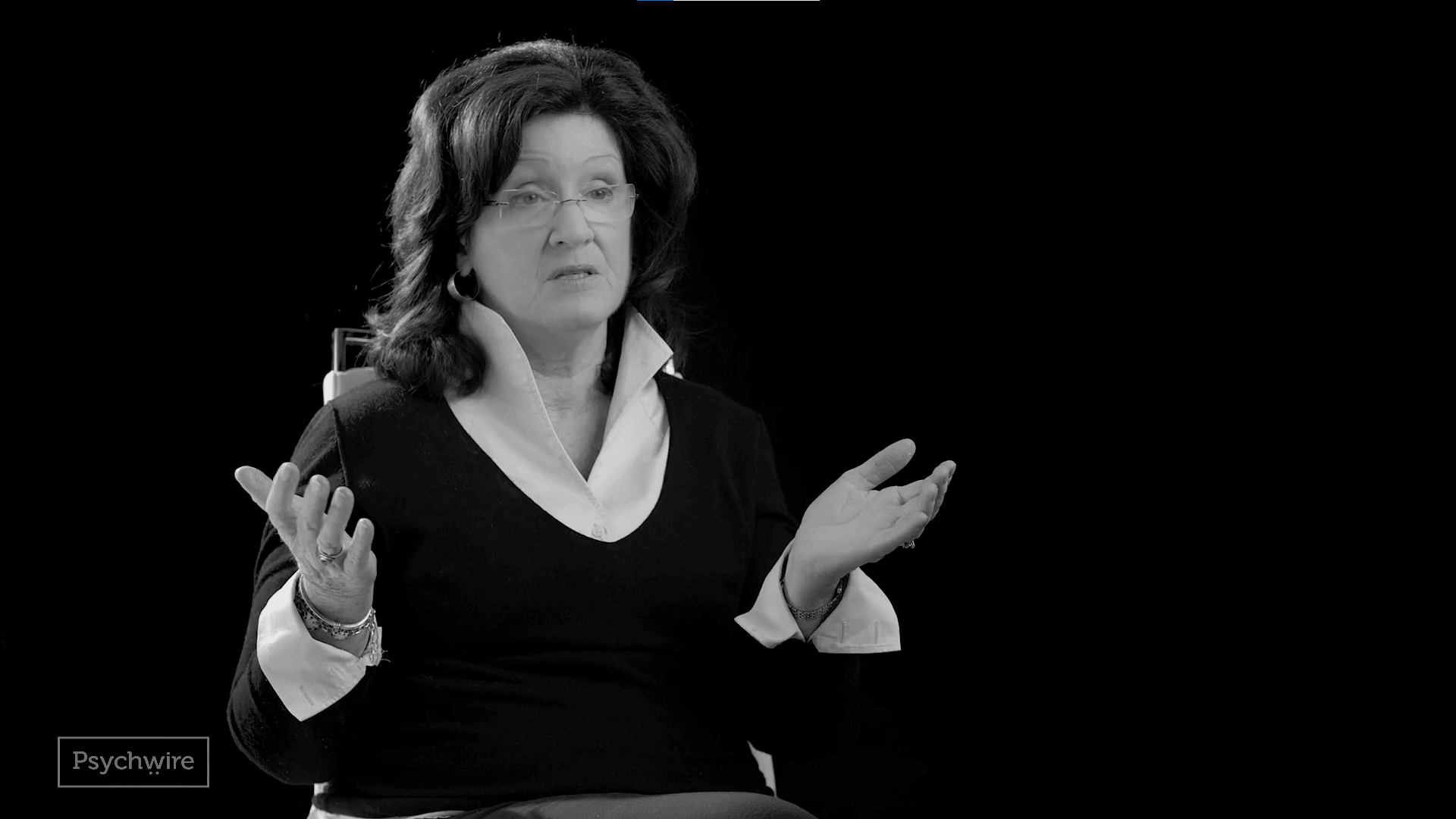
From Isolation to Connection
 EFT: Attachment Science in Practice
EFT: Attachment Science in PracticeWhat we see is that one of the factors that really we focus on much more than other therapies, I think, is that people simply cannot deal with the dragons of life, with the huge terrors of life, with the things we're all scared of alone. We're not wired for that. And when people try to do that, they just get stuck in some totally painful places. So you'll see a client come in. And at the beginning of therapy, he's caught in his chaos. He's either ranting or numbed out. He doesn't trust anyone. He's dealing with his terrors all by himself.
And by the end of therapy, you see he can talk about those terrors, he can tolerate them. He can find his balance, make sense of them. Not only that, He can turn, and tell his wife about them, and say, when I touch you on your shoulder and tell you in the middle of the night, it's calm for me. All I need is for you to turn and take me in your arms and hold me. And then I can hope again and life's worth living again, and I'm not alone with my dragons.
And what you see is that when he can do that, his sense of self expands, his mental health expands, his relationships expand. He becomes, adaptive, alive human beings.